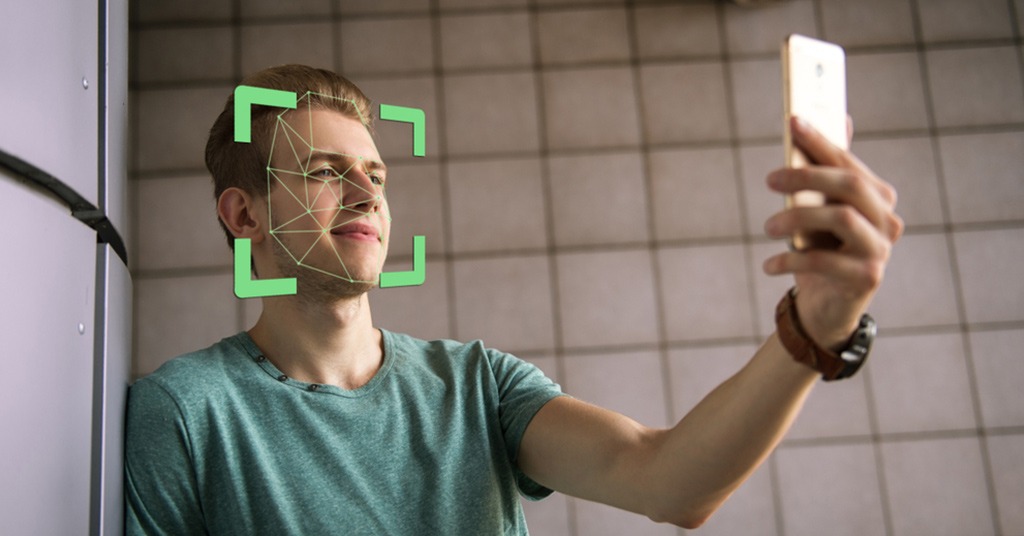|
Augmented reality (AR) is a rapidly advancing technology that has gained significant attention in recent years. It holds the potential to revolutionize the way we interact with digital information and our surroundings. By overlaying computer-generated content onto the real world, AR enhances our perception and bridges the gap between the virtual and physical realms. One of the key features of AR is its ability to seamlessly integrate digital elements into our environment. Through the use of specialized devices such as smartphones, tablets, or smart glasses, users can experience an augmented view of their surroundings in real time. This can range from simple visual overlays, such as displaying directions on a smartphone screen, to more immersive experiences like placing virtual objects within the physical space. AR offers endless possibilities across various industries. In the field of education, students can have interactive learning experiences by visualizing complex concepts or historical events in 3D. Medical professionals can utilize AR to improve surgical procedures, allowing them to visualize patient data and internal organs during operations. In architecture and interior design, AR enables clients to visualize how a building or space will look before construction begins, making it easier to make informed decisions. Entertainment and gaming are also areas where AR has made significant strides. Popular games like Pokémon Go demonstrated the mainstream appeal of AR by allowing players to capture virtual creatures in their real-world surroundings. AR technology also enhances live sports broadcasts by overlaying real-time statistics and player information on the screen, enriching the viewing experience for fans. The advancements in AR have been made possible through the convergence of various technologies. Computer vision algorithms enable AR systems to understand and track the real-world environment, while depth-sensing cameras provide accurate spatial mapping. Additionally, advancements in wearable technology have led to the development of lightweight and stylish AR glasses, making the technology more accessible and user-friendly. However, as with any emerging technology, AR also faces challenges. Privacy concerns arise as AR devices collect vast amounts of user data, raising questions about data security and consent. The potential for distraction and addiction is another area of concern, especially when it comes to the integration of AR into everyday life. Despite these challenges, the future of augmented reality looks promising. As the technology continues to evolve, we can expect more sophisticated and immersive experiences. With improvements in hardware capabilities and software development, AR has the potential to become an integral part of our daily lives, transforming how we work, learn, and interact with the world around us. In conclusion, augmented reality offers tremendous opportunities to enhance human perception and interaction with the digital realm. By seamlessly merging virtual content with the real world, AR has the potential to revolutionize industries and create new ways of experiencing information and entertainment. As we embrace the advancements in this transformative technology, we must also address the associated challenges and ensure that AR is developed and deployed responsibly for the benefit of all.  |
